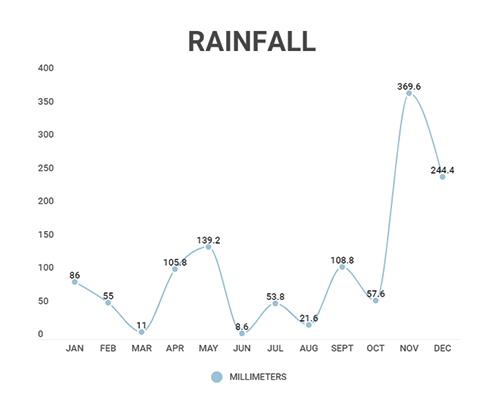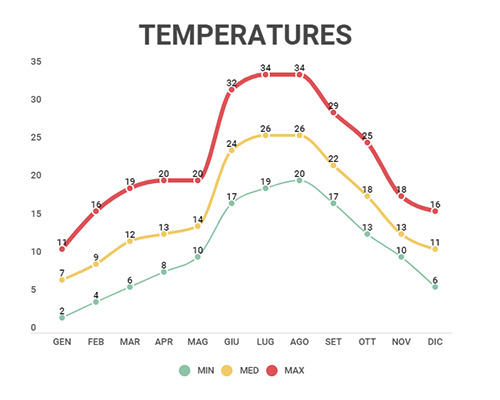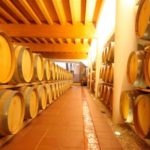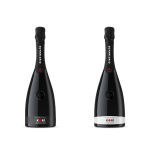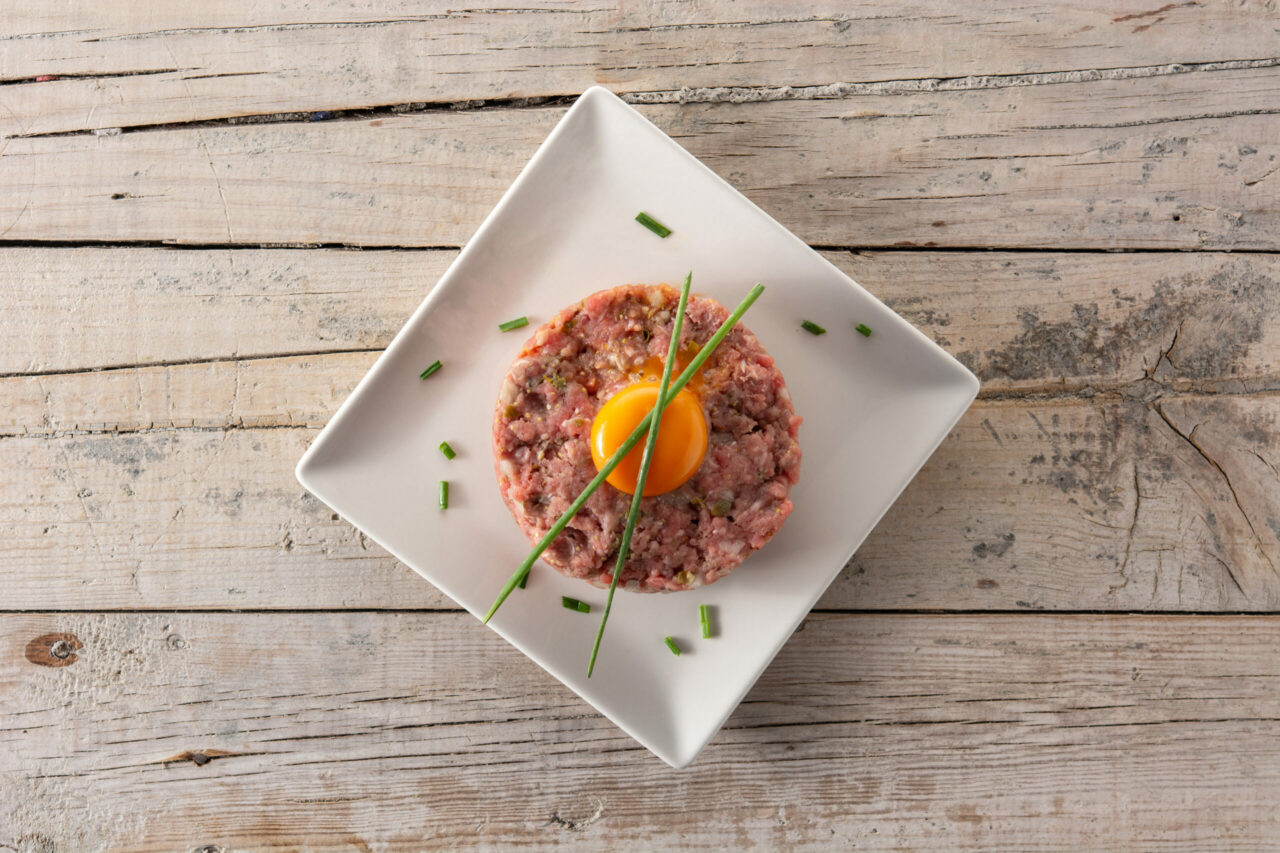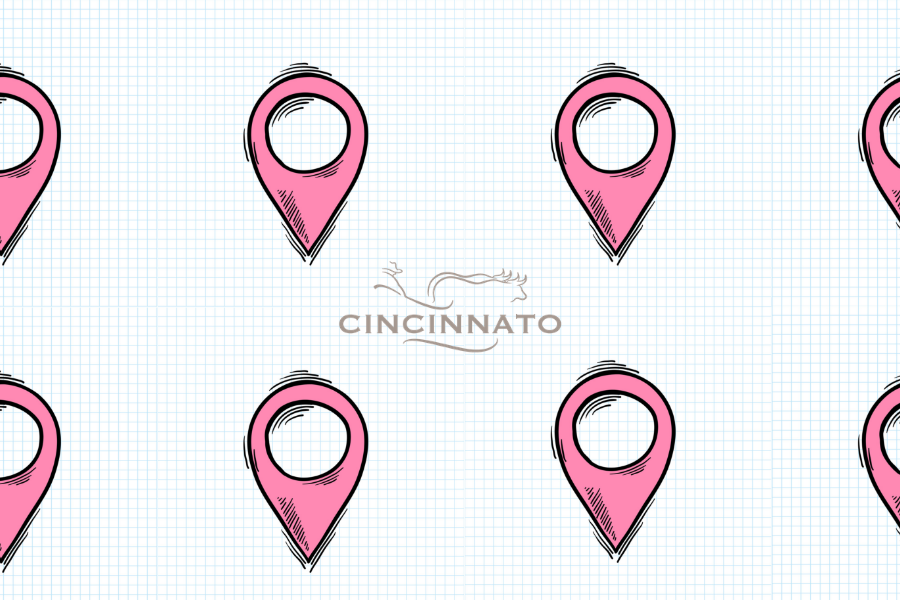Now available our new whites, some of the best of recent vintages! Unlike the rest of Italy, where the 2018 weather conditions were far less positive, in Lazio the 2019 season was stunning.
December and January were very cloudy, with abundant rainfall, while temperatures gradually decreased to annual lows. March, however, was less rainy than average but with temperatures in the norm.
Then the plentiful April rain was crucial for water reserves in the rows. New shoot growth started in regular fashion, enjoying the well-distributed and providential rainfall, so there was no early onset of water stress.
Prior to new shoot growth, the vine growth cycle was perfectly in line with a normal year.
In May, however, bad weather from the Atlantic led to particularly hard rainfall and the arrival of cold air masses from arctic latitudes, which affected minimum and maximum temperatures, registering lower than the norm. All this significantly slowed vine development and at the end of May the cycle was 10–12 days behind its usual pace, so there was concern for plant health. Fortunately, there were no real problems from blight and powdery mildew attacks, which were limited and we contained them successfully with appropriate actions.
The summer was sunny and hot, even torrid at times, but the May rainfall allowed the vines to withstand the drought well. Sporadic rainfall in July and August definitively dispelled any lingering concern about water stress risks. The day–night temperature range in the last ten days of August was decisive for the development of grape and wine aromas, and fundamental for the production of our white wines.
We began harvest at the end of August for sparkling wine base grapes, then we started the native whites in the first week of September, followed by Nero Buono and Cesanese grapes in the second ten days of September. Last but not least, in the first ten days of October we harvested our Montepulciano grapes and our Nero Buono selections. Quantities harvested were in line with 2018 but showed a 30% decrease compared to average, mainly because of May rainfall, which caused poor fruit set.
The combination of weather conditions described above led to optimal development of aromas and a slow, gradual grape maturation, with perfect sugar content, in line with average values and better than 2018.
Consequently, as far as quality is concerned, there were all the conditions for an excellent grape harvest after two difficult years.
